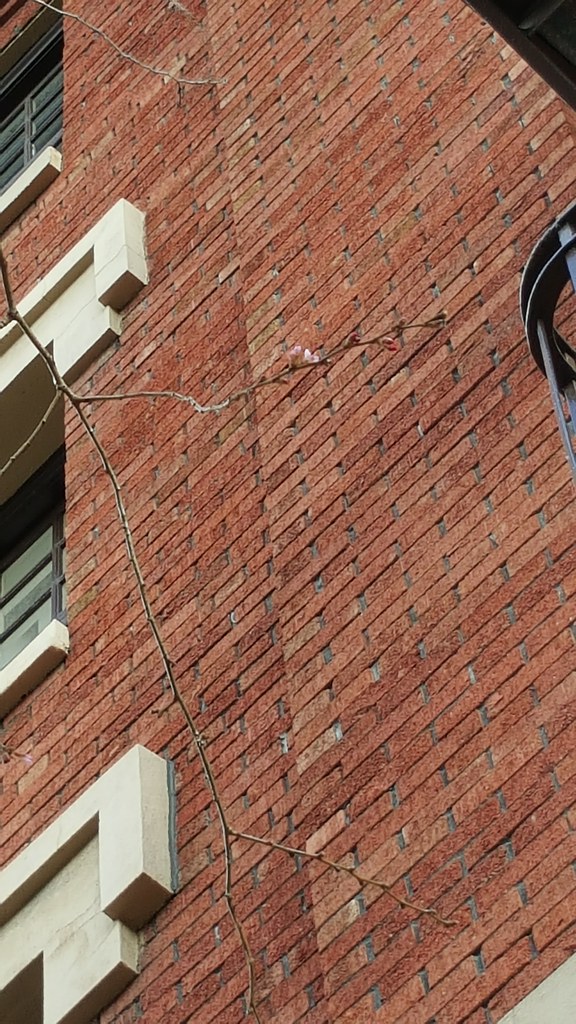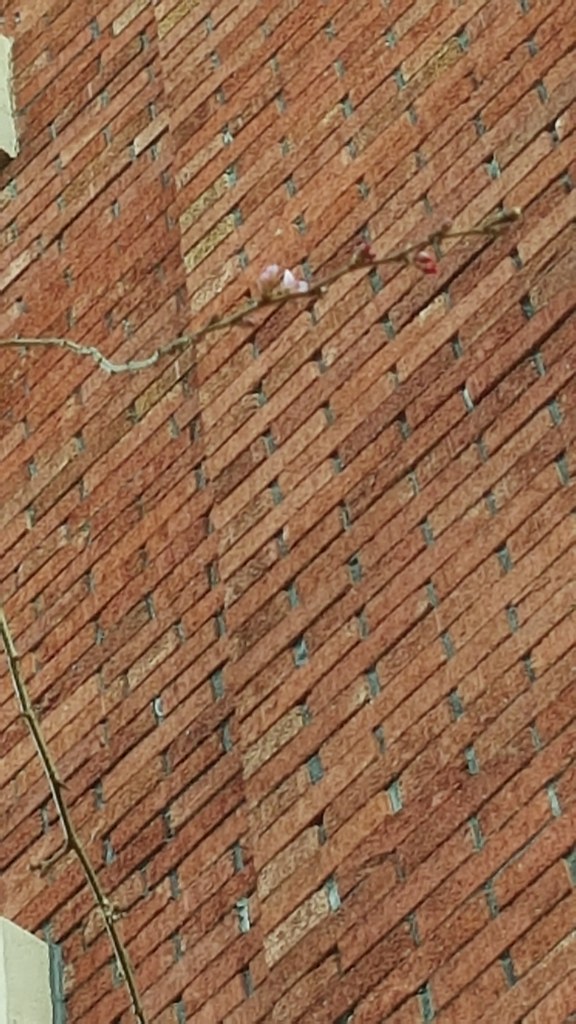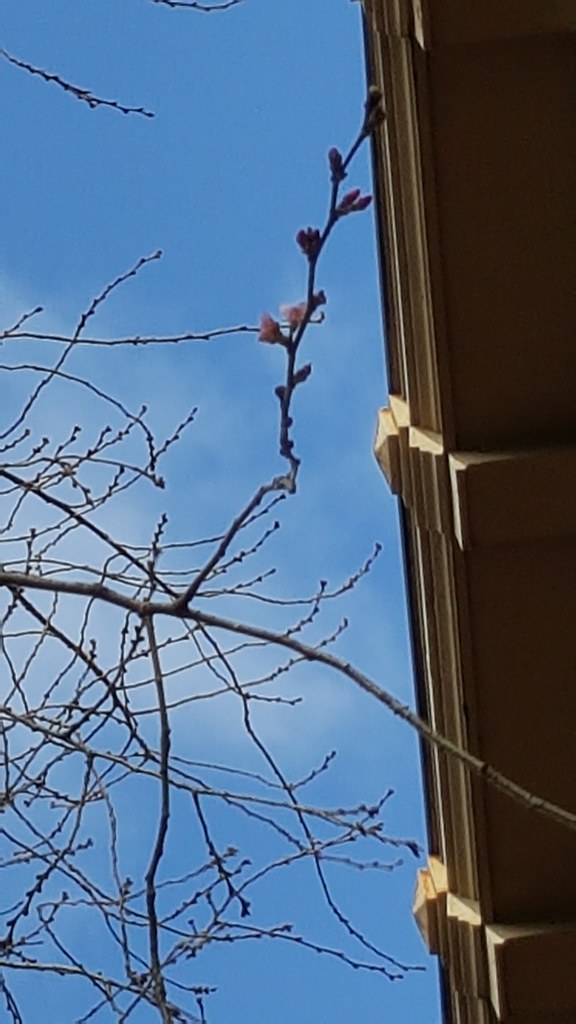In the previous post, I mentioned something about one of this humble blog's more esoteric ongoing projects, tracking down a group of obscure places on a list I found in the city archives website years ago. Some of these places are actual city parks (albeit very obscure ones). Others turn out to be bits of city-owned property the parks bureau had a hand in maintaining at one point, and then there are a few cases where I can't figure out why they're on the list at all. This installment actually invents a fourth category, as you'll see in a moment.
My Evernote copy of the esoteric list said there was something at SW Bertha & Donner, a hairpin intersection of winding streets up in the West Hills. Street View wasn't promising; there was nothing obviously park-like or even green to be seen, just a somewhat wider-than-usual intersection. Still, I went and visited and took some photos, because them's the rules, and here they are.
So I checked property records and came up with a theory about the place, for anyone who's still reading & isn't utterly bored to tears by this project. At one point, PortlandMaps showed a tiny bit of the intersection as a parcel of land owned by the city transportation bureau, as opposed to counting it as part of the street right-of-way (which is what normally happens). This later changed, and the website now lists property ID #R178213 as "inactive", and the property description now includes the word "CANCEL". So, theory is that the tiny bit of land may have been a bit of landscaped median or something at one point, and it was paved over later on, and eventually the city decided to abolish it entirely, for mysterious but I'm sure very important bureaucratic reasons.
An additional fun detail from PortlandMaps is that Bertha Ave. continues west from here in the legal sense, but there's no actual road there; the physical street picks back up a couple of blocks west of here. I suppose at some point the city must've concluded the missing Bertha bit wasn't going to be built anytime soon, and tried to round off the would-be intersection into more of a hairpin corner, and whatever was here before was paved over at that point. A more adventurous and outgoing person than I might have started knocking on doors and asking people strange questions about their weird street. And this more adventurous person might have gotten definitive answers, or (more likely) doors slammed in his or her face, and a nice visit from Officer Friendly and his or her enormous K9 partner.
The exciting twist, now that you've read this far, is that then I went back and looked at the original list, and the original item actually reads "Dosch & Bertha/Beaverton". Which is an entirely different place, albeit not that far from here. So this spot is in category number four, things that seem like they ought to have been in category three (i.e. things on the list where I don't understand why they were listed), but in fact were not on the list at all. Which is a fancy way of saying I completely screwed up this time, beginning with typing the wrong thing into Evernote. With any luck, this post will be the only item in category four. I thought about just deleting this post since it's not even a genuine item from that silly list, but I figured I already had the photos and I'd done the research, and there was (slightly) more of a story to it than most of the stuff on that list, and I seem to be a big believer in chasing sunk costs, so here goes.
If this happens to be your neighborhood, I like to think I'm somehow boosting your property values or raising the tone of your neighborhood by showcasing this little spot. If busloads of foreign tourists start showing up to take photos, though, I assure you I had nothing to do with it; to be honest this whole thing started because most of your neighborhood street names are German words starting with B or D, which is a lousy and confusing sort of naming convention, so frankly you only have yourselves to blame for all of this nonsense.


